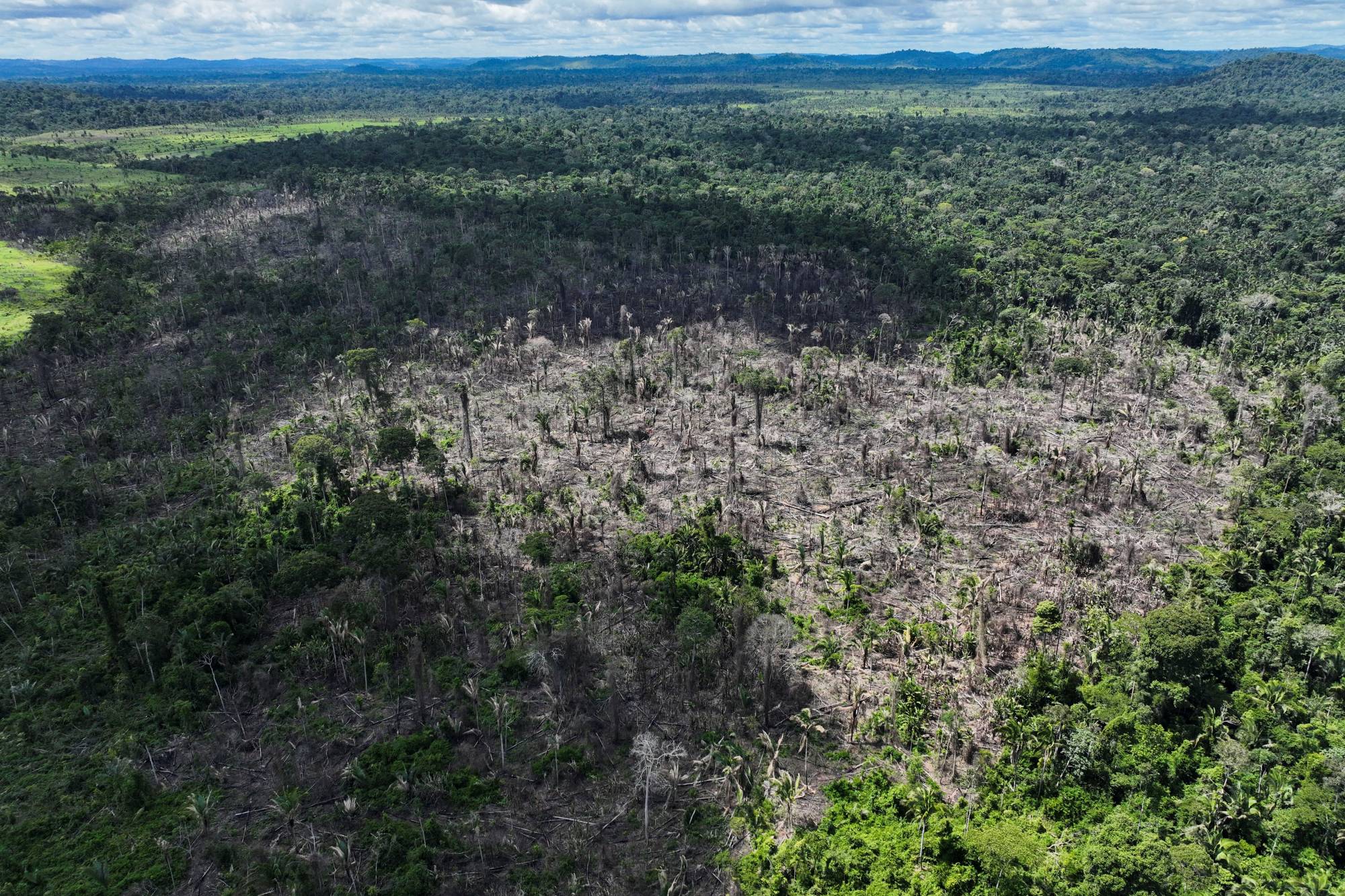Alongside the Brazilian Amazon's vast soy and cattle ranching economy — a major driver of deforestation — sits an older, more sustainable system of families and cooperatives producing forest products including the palm fruit acai, rubber and pharmaceutical ingredients.
That "bioeconomy," with its legions of small producers, including Indigenous communities, receives just a fraction of the flood of investment pouring into expanding soy and cattle.
As Brazil tries to protect its fast-vanishing rainforest, reduce inequality and build a more sustainable economy, finding ways to shift investment toward expanding the bioeconomy may be the best chance to protect the Amazon and its people, experts say.


















With your current subscription plan you can comment on stories. However, before writing your first comment, please create a display name in the Profile section of your subscriber account page.